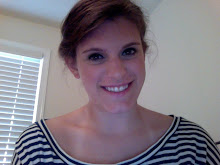I myself believe that in some senses, things considered 'inappropriate' such as textual pictures that deal with taboo subjects (ie. sex, religion, gory battle scenes etc) are truly appropriate in art and English courses. The purpose of these classes are to broaden our knowledge of the world in full scope, including topics that some adults deem too graphic for our innocent minds. I may not speak for everyone, but we as a whole (students that is) are not that naive---and, there is a majority of us who are mature enough to not make something 'inappropriate' become a joke. Some of these graphics help to explain the task at hand better than the written word, which can only take you so far. However, such pictures are not necessary in a math or science class, because these courses deal with arithmetic and theory, and simple/safe pictures are the best option--so as not to ruffle feathers unnecessarily...
Basically appropriateness is a judgment call, which is what makes it difficult to get a feel for in school settings. But even if that is so grey, it needs to be addressed.
